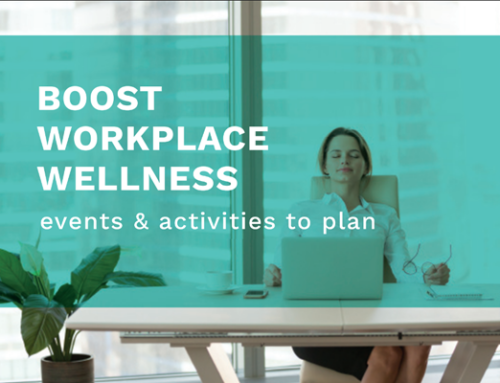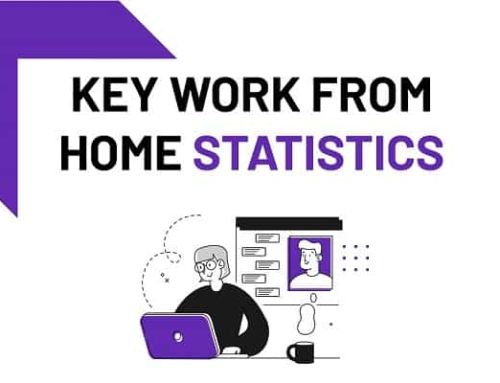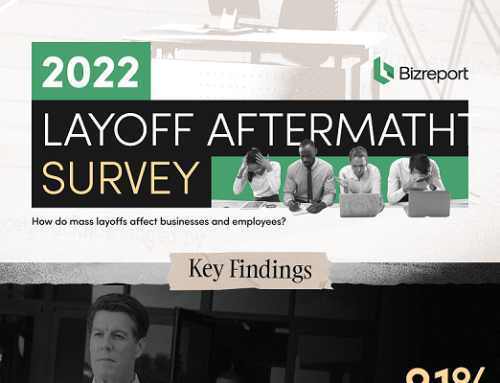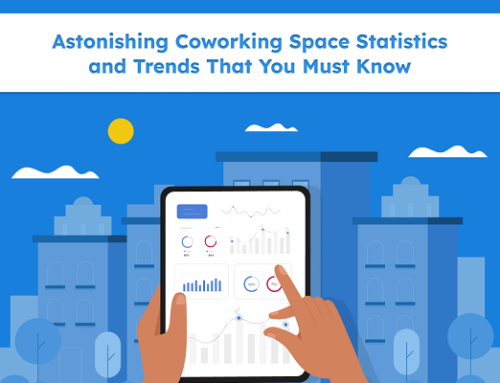If you walk down the streets of any busy city you’ll find a wealth of diversity. Busy streets are littered with people of different genders, sexualities, races, ethnicities, and religious beliefs. All of them have their own unique life experience they can bring to the workplace. When you step off the street and into an office, do you see this diversity reflected? You may be surprised at just how little diversity there is in many workplaces.
So why is it that some businesses are still not representative of society as a whole?
Well, consciously or not, most humans have some form of bias. These biases impact who is hired in the workplace and, therefore, who is represented in the workplace. In fact, these biases affect who can even make it to an interview! Research has shown that when applying for a new role, applicants with a “BAME-sounding” name have a 10% chance of being interviewed. Applicants with a white-sounding name have a 25% chance of being interviewed. This is even with the same experience and qualifications.
This creates offices with people of similar backgrounds. This is a problem because it doesn’t properly reflect our society or give some people the opportunities they deserve. It also means businesses are potentially missing out on great candidates because they don’t fit hiring managers image.
Studies have shown a diverse workplace is a more productive one, but it also makes it a more representative one of real life. Our workplace should reflect the world around us and should be a place with a wide breadth of ideas, backgrounds and life experiences. It should give everyone an equal chance to succeed, no matter what their background.
Many businesses are looking to address the lack of diversity in their workplace which is a great goal, but one that’s harder to achieve than we first expect.
One of the most important steps any business, or individual, can take towards addressing bias in the workplace is learning about the ways it exists. It’s only with this information that businesses can start to look at how they need to adapt. This enlightening infographic supplied by Adzooma examines common types of workplace bias, the role of technology and the ways we can adapt our behaviour to achieve the levels of diversity we should be striving for. The first step is education, so why not make a start today.






Leave A Comment